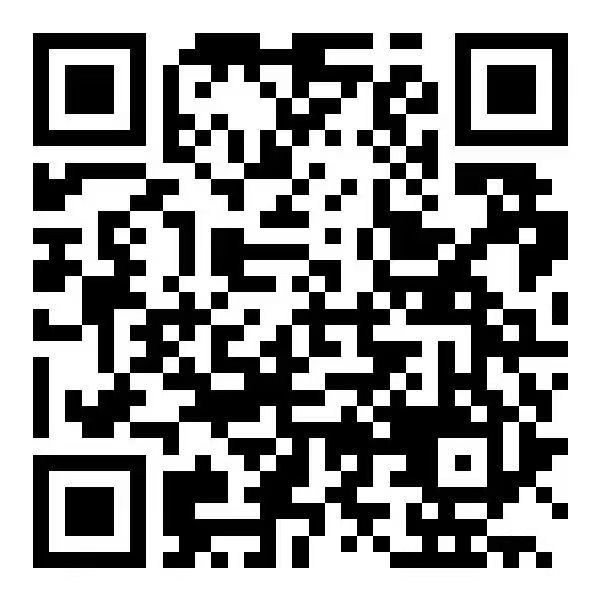Global Mobile set to ditch WiMAX, use LTE technology
WiMAX operator Global Mobile Corp said it is planning to switch over to Long Term Evolution (LTE) technology because the latter appears to have gained better momentum than WiMAX to be the next dominant 4G standard.
Although Global Mobile’s current infrastructure and base stations are running on WiMAX technology, they are compatible with LTE, chairperson Rosemary Ho told reporters yesterday at an event to commemorate the first anniversary of its WiMAX service in Taipei.
When Global Mobile’s WiMAX coverage hits more than 70 percent, the company will apply to the government to change its license from WiMAX to LTE, Ho said.
The government mandates that the six WiMAX licensees — which also include Tatung InfoComm Co , Vmax Telecom Co , Far EasTone Telecommunications Co , Vee Telecom Multimedia Co and International Telecom Corp — much increase their 4G coverage to at least 70 percent before they can apply to switch to LTE.
To hit the 70 percent coverage target, Global Mobile has to have at least 1,000 base stations deployed — a number which Ho said should be achieved by the end of this year.However, “the switch to LTE has several hurdles to overcome,” Ho said, adding that one is commercial viability, because LTE equipment is far costlier than WiMAX equipment, and that will dampen consumers’ willingness to subscribe.
Intel Corp, the backer of WiMAX, incorporated its WiMAX Program Office with other divisions in the middle of last year, spreading fear that it was downsizing WiMAX development.
According to ABI Research, LTE is set to gain critical momentum from the second quarter. By the end of the year, there will be about 16 million global subscribers using LTE mobile devices, such as smartphones.Twelve countries have launched commercial LTE services, it said.
In Germany, T-Mobile’s LTE service, “Call & Surf via Funk,” is priced at US$53 a month in districts where xDSL fixed-line broadband services are limited.
The end-user is entitled to a fixed telephone line and an LTE connection, using a wireless router that offers download speeds of up to 3Mbps.
In Japan, NTT DoCoMo’s LTE service, called “Xi,” allows customers to enjoy high broadband speeds in the Tokyo, Nagoya and Osaka areas. Population coverage stands at 7 percent through the coverage of 1,000 base stations.NTT DoCoMo aims to attain 70 percent coverage from 35,000 base stations by 2014. Monthly tariffs will be between US$12 and US$79, according to ABI Research.
Meanwhile, Global Mobile said it is in talks with China Mobile Ltd to offer the world’s top mobile operator its 4G technology when the latter secures a 4G license from the Chinese government.Global Mobile is aiming to boost its number of subscribers to 160,000 this year, up from 20,000 members.It aims to have 250,000 users next year.

